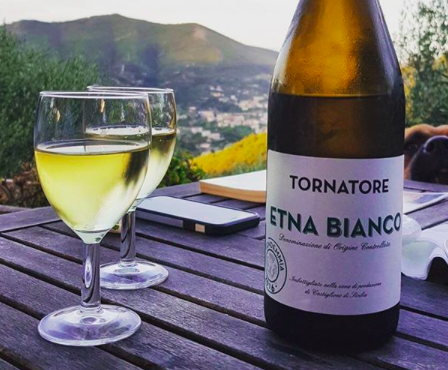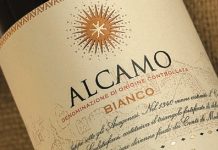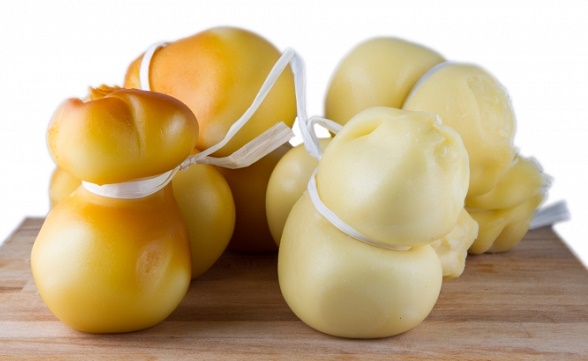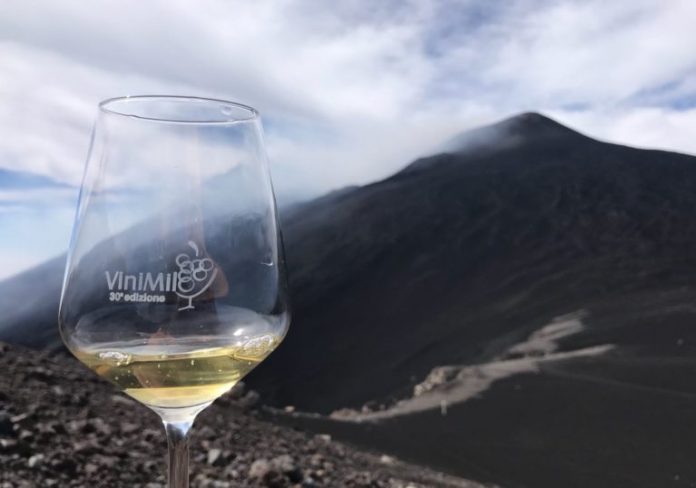
The territory
Etna Doc is produced in the area surrounding the famous Sicilian volcano, the most active of Europe, in the province of Catania. The volcano gives to the soil a lot of nutrients, making it very rich and fertile for the plants, continuously feeding the grapes thanks to several eruptions, effusive and non-explosive type.
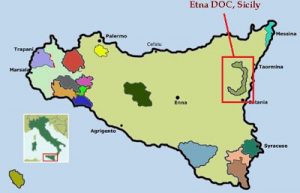
The lava flows generally slowly, giving the time to the population to avoid dangerous activities and to the soil a lot of new minerals from the core of the Earth. The renewal of the soil, and the richness of the minerals, give to vineyards aromas and vigour that can be found in rich and powerful wines.
The territory is continuously modified by the volcano, allowing anyway the possibility to cultivate the area since the ancient times. Agriculture around the Mount Etna was performed in the earliest times before by the local Siculians, and then by Phoenicians and expecially Romans, who made viticulture the main industry of the Empire.
The fertile and mineral characteristic of the soil is reflected in the production of wines, which were considered very valuable since the first cultivations as such as the grapes were also engreved on the local coins. Theocritus described the great value of these wines, so famous and worthy that were served for the celebrations of the great Roman emperors.

One of the most important era for the viticulture of the area was the 5th century BC, when the Greeks colonized the Sicily, importing many of their vines and began the first natural selections of the grapes, experimenting the first systems of breeding. But the archaeological finds indicate that the cultivation of vines was in place already in the III millennium BC, in the Neolithic era, when the local inhabitants used the spontaneous growths. The area has a very favorable climate for plants, with its long summers and particularly sweet winters.
The white grapes of the area
The grapes used for the vinification are here mostly locals and protected by denomination of controlled origin Etna (DOC). The grapes used are the Sicilian Carricante, Catarratto and Minnella Bianca, and the Italian Trebbiano, used mostly to blend the wines due to the high production in yields.
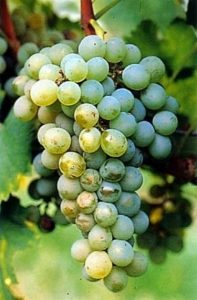
The Carricante is also used for blended in the eastern part of Sicily, both for white and red wines, because his yields and aromas. But in recent decades, Carricante e Minnella Bianca have reduced its crops in Sicily, but not around the Etna, where cultivations are wide, even if the vine is not very vigorous.
The Etna DOC white
The wines produced under the Etna DOC label are protected by law since 1968, as first in Sicily. It is possible to produce white, red and rosé wines in the territories of 20 municipalities around the Etna.
The bending for white wines must contain 60% of Carricante and 40% of Catarratto, but small percentages of Minnella and Trebbiano are permitted. The yields cannot be more than 9 tons per hectare, to have the best quality for the wines, which have a nice straw/yellow color with golden veins. The wine with more Carricante is fresh and dry, ideal for local fish like swordfish and bluefish but also spaghetti with mussels. In the municipality of Milo it is produced the Etna Superiore, which has the 80% of Carricante to have a more aromatic smell and fruity mouth, to be served with cuttlefish, sardines or mullet.
